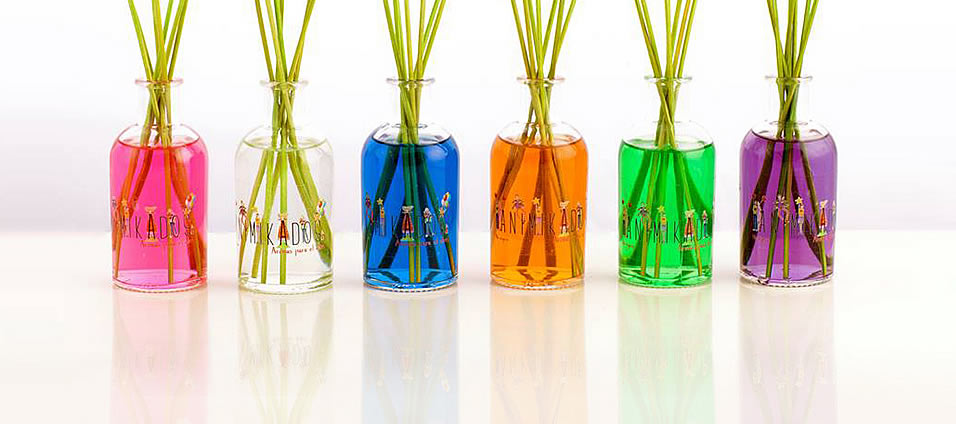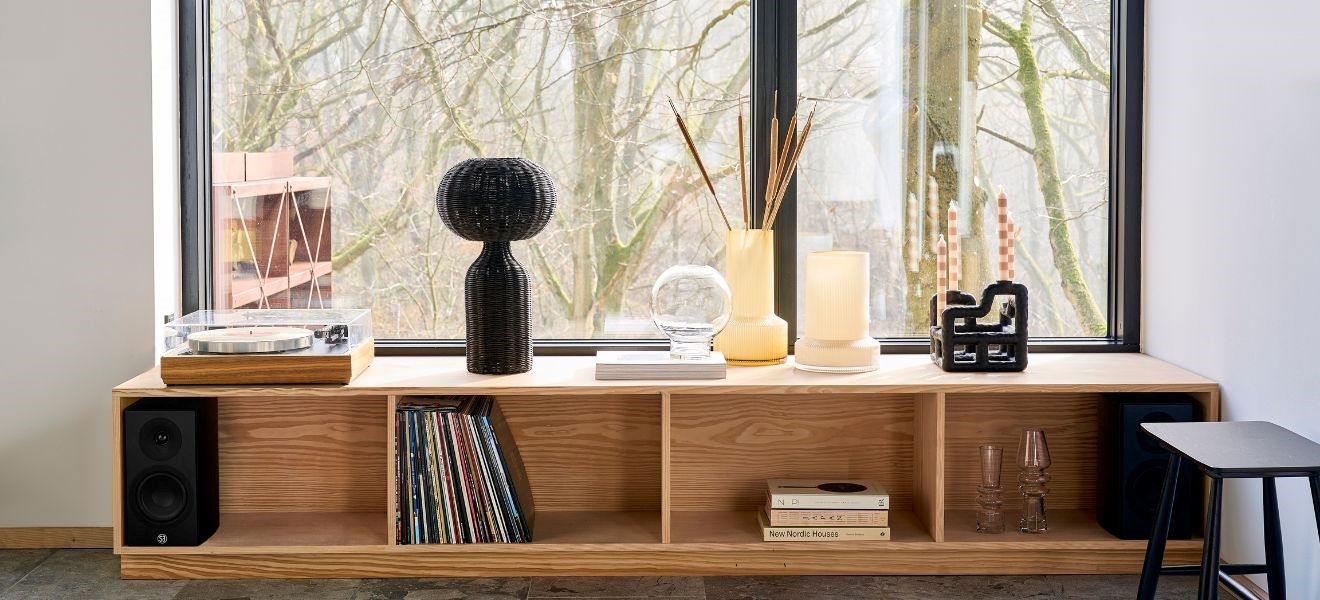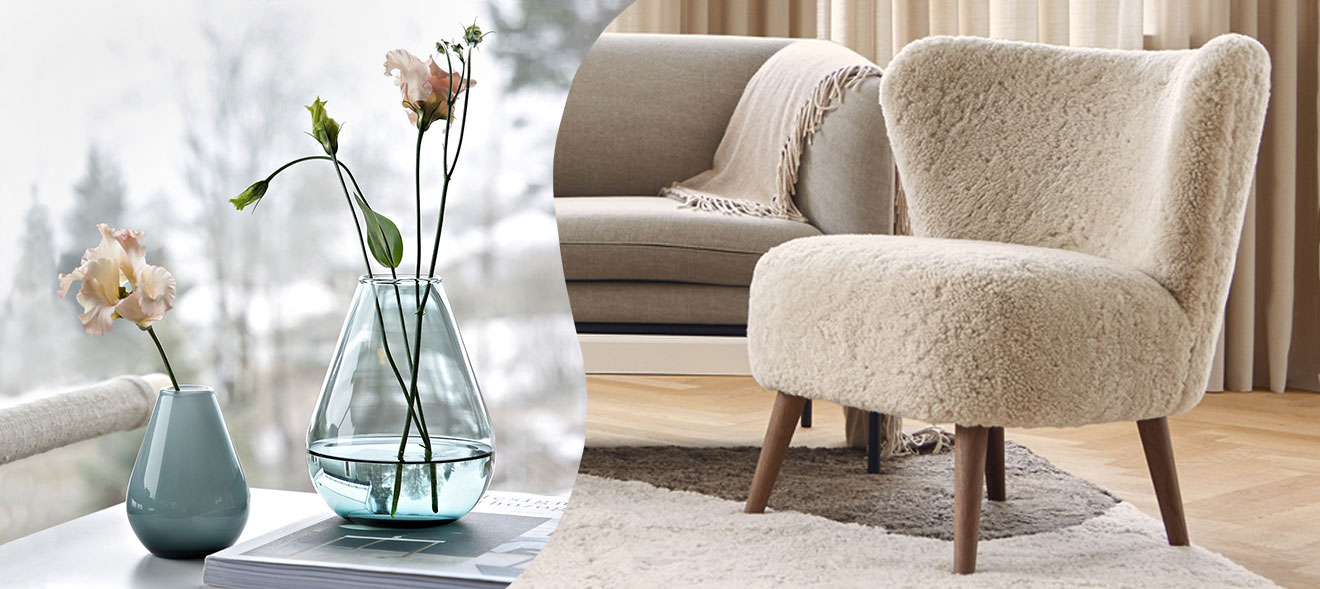Harmonious interiors, coordinated colours and materials, decorative skills, soft lighting – the interplay of all these factors is what helps turn rooms into places where we feel happy and comfortable. But there is a further criterion: fragrance.
Home fragrances are more than simply a trend. For years, skilful “fragrancing” has played an important part in the creation and formulation of interior design. Gone are the days of hippie communes permeated with the scent of patchouli incense sticks, or slowly desiccating potpourri filling the air with dust.
Olfactory components today are just as important as comfort and design when it comes to making us feel good. And this doesn’t just mean at home or in hotels, but also in public spaces. Supermarkets and other shops, for example, make use of specifically targeted fragrances in order to stimulate the appetite. And if you think that “brand-new car smell” is down to pure chance, you’re wrong. Agents and specialists in matters of fragrance are increasingly being engaged.
But to come back to our own four walls. Today we are faced with an almost endless choice of items we can use to provide a pleasant fragrance for our homes: candles, diffusors, sprays and even fragrances dispensed from the power point. It’s not only manufacturers of classic perfumes and traditional manufacturers of niche fragrances or eau de cologne who are using luxury home scents for rooms and wardrobes to further expand their portfolios. An ever-increasing range of major brands from the cosmetics and household goods industries can also be found on the shelves of supermarkets and drugstores, not to mention manufacturers such as “Ipuro” that specialise in home fragrances. The latter especially also tend to go for an appealing design for their candles, flacons and diffusers, thereby elevating room fragrancing to the level of decorative art.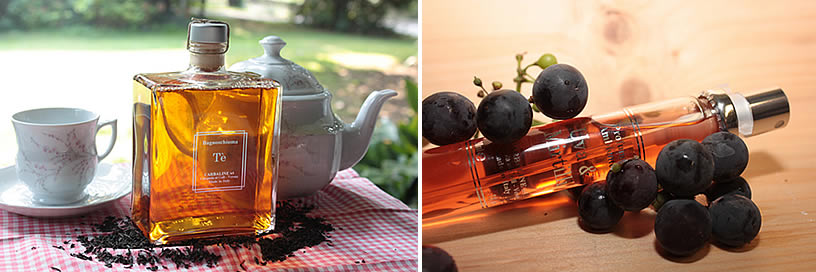 A pioneer when it comes to the symbiotic relationship of fragrance and design is Hamburg manufacturer “Linari”, which was involved early on in the home fragrance trend and only branched out into eau de parfum in 2010. The brand’s creator, designer Rainer Diersche, is himself responsible for all product designs. This industrial engineer, who has a passion for Italian architecture and culture, initially ran various interior design businesses in Munich and Hamburg. He is an enthusiastic champion of the linking of different disciplines. His aim is to imbue the products that come under the “Linari” brand name with style and fragrance – in the form of timeless objects that will fit into any interior, and in the form of fragrance creations that put the focus on ambience without being too brash. In so doing he works with the best “noses” in the business – fragrance designers such as Maurice Roucel and Mark Buxton.
A pioneer when it comes to the symbiotic relationship of fragrance and design is Hamburg manufacturer “Linari”, which was involved early on in the home fragrance trend and only branched out into eau de parfum in 2010. The brand’s creator, designer Rainer Diersche, is himself responsible for all product designs. This industrial engineer, who has a passion for Italian architecture and culture, initially ran various interior design businesses in Munich and Hamburg. He is an enthusiastic champion of the linking of different disciplines. His aim is to imbue the products that come under the “Linari” brand name with style and fragrance – in the form of timeless objects that will fit into any interior, and in the form of fragrance creations that put the focus on ambience without being too brash. In so doing he works with the best “noses” in the business – fragrance designers such as Maurice Roucel and Mark Buxton.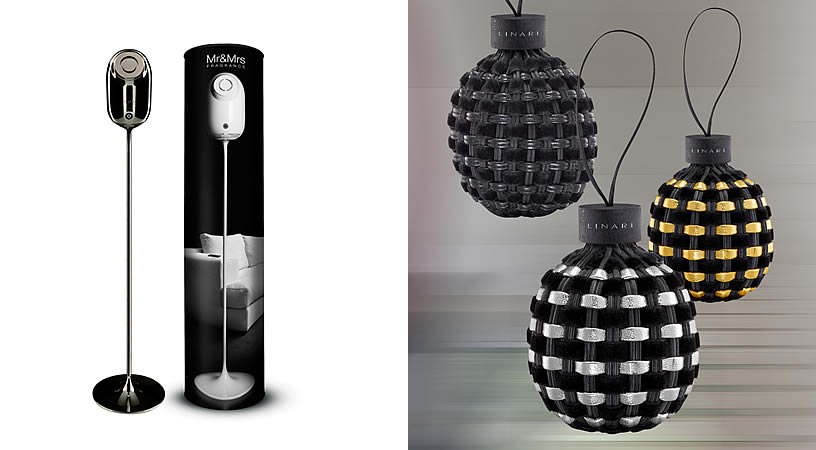 But how do you go about creating a fragrance that is not simply intended to reflect the personality of a single wearer but the character of an entire room, an overall ambience? In what way is it different from a “normal” perfume? “Room fragrances are subject to different laws since they differ in terms of their function from skin perfumes – they are for fragrancing rooms and not the skin,” says Rainer Diersche. “What you get is an overlay of the top notes, heart notes and base notes and this promotes a variable olfactory result and experience. The fragrances created should not be too intensive or narcotic because room fragrances that are too strong tend to have an off-putting effect.”
But how do you go about creating a fragrance that is not simply intended to reflect the personality of a single wearer but the character of an entire room, an overall ambience? In what way is it different from a “normal” perfume? “Room fragrances are subject to different laws since they differ in terms of their function from skin perfumes – they are for fragrancing rooms and not the skin,” says Rainer Diersche. “What you get is an overlay of the top notes, heart notes and base notes and this promotes a variable olfactory result and experience. The fragrances created should not be too intensive or narcotic because room fragrances that are too strong tend to have an off-putting effect.”
In actual fact, our perception of pleasant smells frequently tends to be an unconscious process. We feel good and experience the overall ambience as pleasant. This is the basic aim of a home fragrance. It is a different matter when a fragrance is too penetrating or, quite simply, doesn’t fit. But what goes where? Which fragrance for which room? “Fresh and invigorating fragrances are excellent for bathrooms whereas, in a bedroom, people tend to prefer sensuous and balmy notes such as vanilla and tonka,” Rainer Diersche continues, subsequently presenting us with something of a conundrum: “Anything goes in living rooms, it’s a question of what appeals to you personally.”
Nevertheless, there are also no-go items, as Rainer Diersche emphasises in his capacity as champion of the artistic side of manufacture: “The general premise is that only quality creations can produce a quality room fragrance. Here the same rules apply as for skin perfumes: very cheap and simple fragrances generate just such a result when it comes to room fragrances.” The designer’s current favourite room fragrance is Linari Opale. “This creation has a glorious scent of Earl Grey tea – simply wonderful.”
The theme of Room & Fragrance will again play an important part in the forthcoming Ambiente. And “Linari” will also be presenting its latest products at the fair. “The spring of 2015 will see the launch of the scented candles Alba, Riva, Kyara and Nobile,” Rainer Diersche reveals. This finally leaves us with the question as to whether it is possible to identify a general trend in matters of fragrance for next season. “A clear trend in fragrances cannot be identified for 2015 because room fragrances in general are not subject to short-term trends. Fresh, citrus notes continue to be popular.”
Photos: Manufacturer
